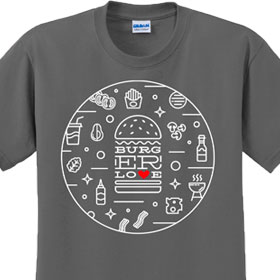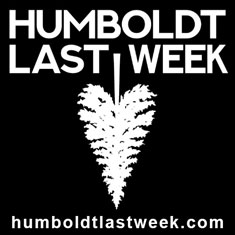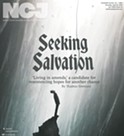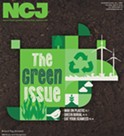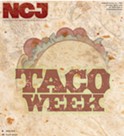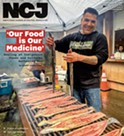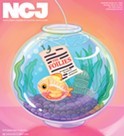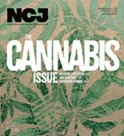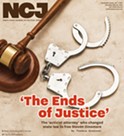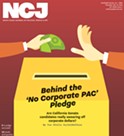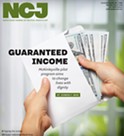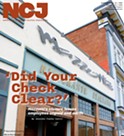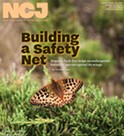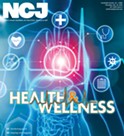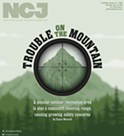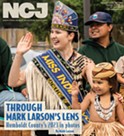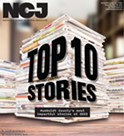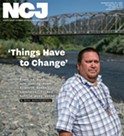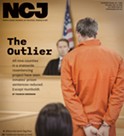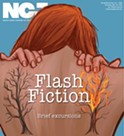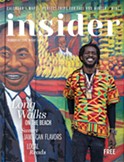[
{
"name": "Top Stories Video Pair",
"insertPoint": "7",
"component": "17087298",
"parentWrapperClass": "fdn-ads-inline-content-block",
"requiredCountToDisplay": "1"
}
]
Like the War on Drugs, the $500 million War on Cancer was doomed from the get-go. In the case of drugs, you're fighting human nature. With cancer, the opponent is an even more implacable force: evolution, which, according to British chemist Leslie Orgel, "is cleverer than you are."
We all know about the ravages of cancer, either personally or through the travails of a close friend or family member. No wonder. Every year, more than half a million people in the United States die from cancer and nearly 2 million cases are newly diagnosed. True, we're making some advances: Overall cancer death rates are slowly decreasing, especially (in men) for lung, prostate and colorectal, and (in women) for breast and colorectal. Vaccines are available for virus-borne cancers, such as cervical cancer and some liver cancers, while immunotherapy — artificial stimulation of the immune system —is looking more and more promising.
Still, the overall statistics are pretty bleak: 60 years ago, 1 in 16 people got cancer; 40 years ago, 1 in 10 did. Today the American Cancer Society estimates that two in five men will develop cancer in their lifetime, with half of those dying from it. Odds are only slightly better for women. Today cancer kills more people under 85 than heart disease. (Of course, there are many more 85 year olds today than before.) Three-quarters of people in the UK diagnosed with cancer are over 60, turning the traditional Vulcan greeting on its head: Live long and get cancer.
The enemy — our own rebel cells dividing and spreading uncontrollably — is devious to a fault. For instance, every time we attack tumors with radiation or drugs, we're artificially speeding up evolution, breeding even tougher cancer cells. Which is why the main therapy of choice these days, targeted drugs designed to destroy potential cancerous genes, may be successful in the short term, but typically, one to two years later, treatment results in newly evolved resistance in the patient.
And diagnosis is far from straightforward. A definitive diagnosis is normally performed by taking a biopsy from a tumor but a centimeter away, undetected, another related form of cancer may be thriving (leukemia comes in up to 20 different forms, lung cancer in dozens). Plus cancer's a shape-shifter: By the time treatment starts, the cells being attacked may have mutated so the prescribed treatment no longer works.
Plain bad luck accounts for some 58 percent of cancers. Eat well, exercise regularly, don't smoke ... and you're still in this cohort. Even with the other 42 percent, the usual risk factors — smoking, alcohol, obesity — are still not cut and dried. Take smoking, which I discussed in a column last year ("Correlation ≠ Causation," June 14, 2018). It's true that male smokers have 23 times the risk of developing lung cancer as non-smokers, yet fewer than 10 percent of chronic smokers will actually get it. And what about non-smokers who get lung cancer?
Another source of cancer is radiation. Radon gas, cell phones and nuclear accidents used to be thought of as obvious causes but, even here, evidence is hit and miss. Winnipeg has the highest radon levels of 18 Canadian cities but researchers came up cold when they tried to correlate that with the incidence of lung cancer there. And while cell phone use has increased, the annual age-adjusted incidence of malignant brain tumors (which is low anyway, 6 cases per 100,000 people) is actually decreasing. Even the 1986 Chernobyl radiation release didn't cause the anticipated wave of cancer deaths: 20 years later, some 4,000 cancer deaths — less than 1 percent — have been recorded among the 600,000 workers and residents who received the highest exposures.
Next week we'll look at one common cancer — prostate — to see why screening and treatment are so controversial.
Barry Evans ([email protected]) worries that he should be more worried about his health.
Speaking of...
-

Living with Cancer
Aug 29, 2019 -

Sunshine Vitamin vs. Skin Cancer
May 2, 2019 -

Cancer, Part 2: Turtles, Birds and Rabbits
Jan 24, 2019 - More »
Comments (3)
Showing 1-3 of 3
more from the author
-
Doubting Shakespeare, Part 1: Stratfordians vs. anti-Stratfordians
- Apr 25, 2024
-
A Brief History of Dildos
- Apr 11, 2024
-
Eclipse!
- Mar 28, 2024
- More »
Latest in Field Notes
Readers also liked…
-
Trouble on the Line: The Reality Part 2
- Nov 3, 2022




